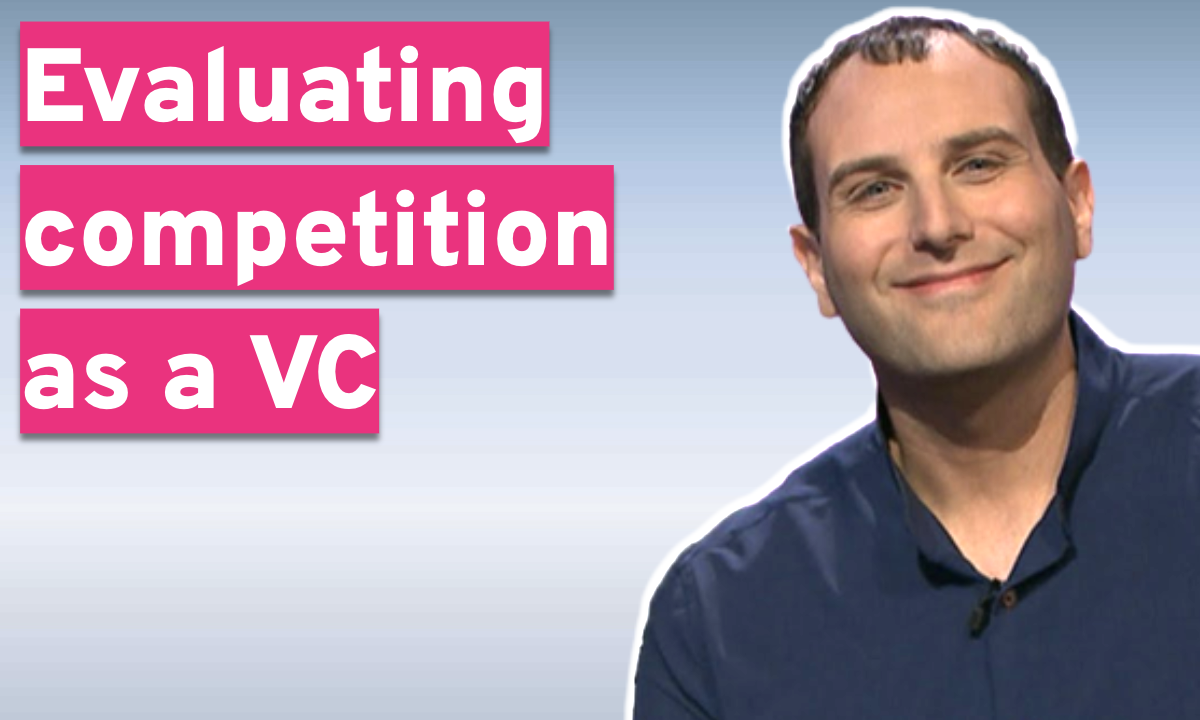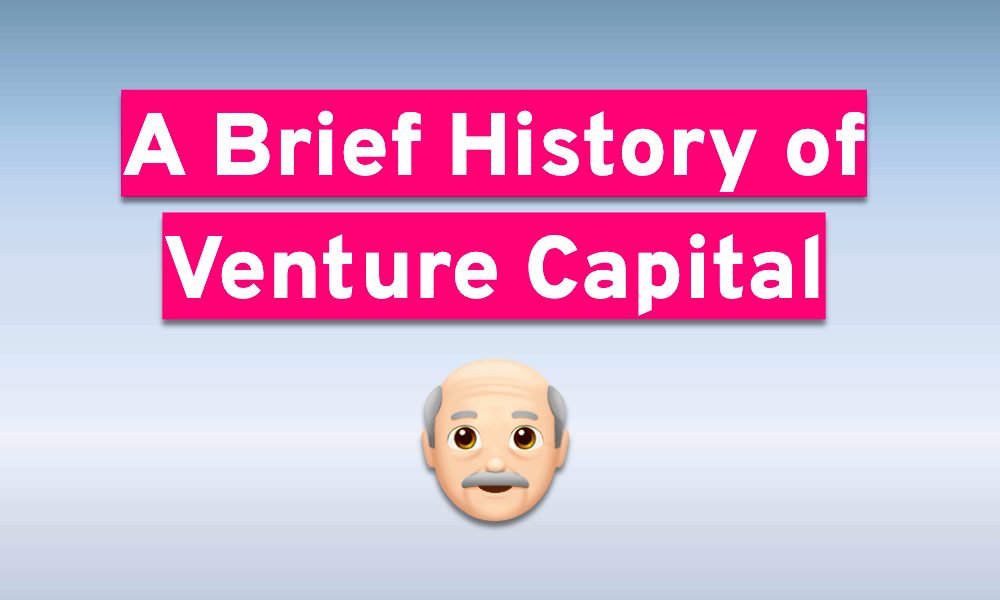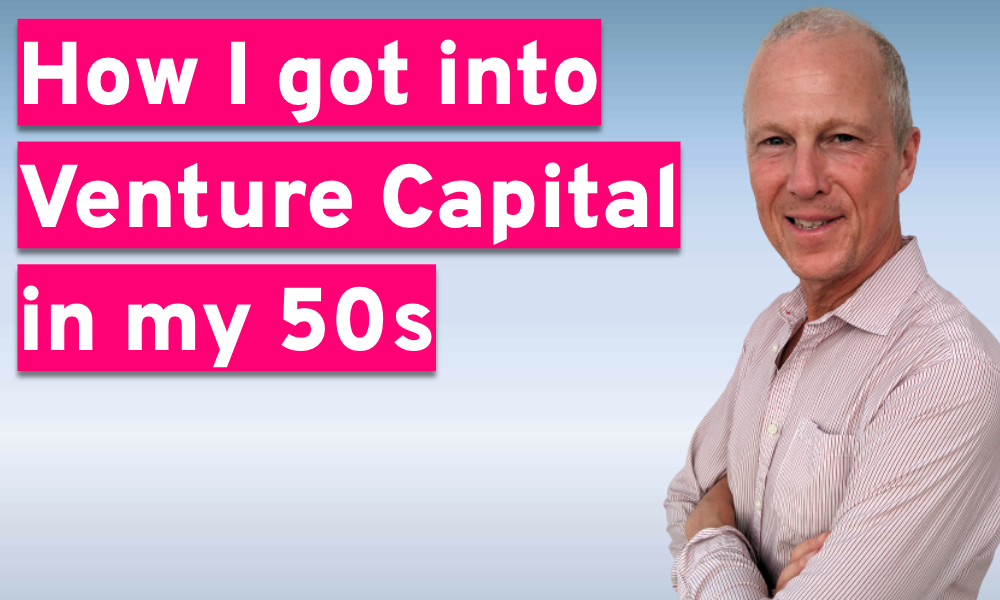You might think you’re fundraising, but what you’re actually doing is throwing a pool party.
Venture funding dynamics in the Seed Phase have evolved differently than venture capital at Series A and beyond. A Seed fund would almost never take the whole round, even if it could. Most Seed phase fundings consist of multiple VCs cooperating to bring the whole round together. As a result, startup founders are running around trying to get multiple investors to commit to invest simultaneously.
This is the pool party. Worse, it’s like a high school pool party where the peer pressure is so thick, you could cut it with a knife.
The Pool Party is the keystone framework for the VC Minute - a short-form podcast to help startup founders fundraise better.
I’ve been in the startup ecosystem for a dozen years and the Seed Phase has always been unnecessarily opaque, especially for first-time founders. These frameworks are designed to help you better understand some of the psychological factors behind the scenes.
Chief Pool Party Officer
Where the pool party analogy breaks down is that investors can’t actually see each other around the pool. As the CEO, you need to be the proxy for this by communicating where you are in the fundraising process with everybody at the party.
I’m sure you’ve been asked by investors about the round. “How much are you raising? How much has been committed? Who else is in? Do you have a lead?”
Investors are trying to get clarity on the round dynamics, but they’re also gauging how much time they have before they need to make a decision. The more interest, the hotter the pool party, the faster they need to move. However, if the party isn’t heating up, they can move slower in their process.
Keep the communication flowing with investors by updating them regularly on the business and the status of your round. They will only know they’re at a hot pool party if you tell them.
Fear Of Looking Stupid
Though you may be trying to create FOMO (Fear of Missing Out) about your fundraise, where you start is with investors at the opposite end of the spectrum: FOLS (Fear of Looking Stupid).
No one wants to be the first one in the pool, so everyone’s milling around and wondering, “is anyone else going to get in the pool?” For a Seed fund that doesn’t lead there’s no reason for them to jump in the pool first. In fact, they’re disincentivized to do so.
What if I jump in the pool first and no one else does? Now I look stupid. I’m in the pool all by myself, soaking wet, and everyone is looking at me like I’m a fool. This is the opposite of FOMO. This is FOLS.
Between FOLS and prioritizing fast-moving rounds, funds have few reasons to be a first-mover. A fund loses nothing by milling around, waiting until you get a lead. Those funds may risk losing allocation, but in my experience, that isn't a big enough motivator to take action.
As you keep investors updated on your progress, be sure to include updates about who’s already in the pool. With enough momentum, you can flip from FOLS to FOMO.
No One is a FOMO Investor
No one would ever admit to being a FOMO Investor—one that invests purely in what’s hot & popular. When I talk to other investors about it, without fail they say they’re definitely not FOMO investors. They’re quick to add that they react negatively to any sort of founder-induced FOMO. I generally agree with this; no one likes to be beat over the head with a high-pressure sale.
FOMO in the VC Minute playbook is not a bludgeon. It is a subtle knife that cuts through VCs’ processes to get a round closed.
All of those investors in your pipeline that have expressed some level of interest are just waiting for the pool party to heat up. When you have enough commitments—and a lead definitely helps—you can utilize that interest to close the round. Rather than try to force a FOMO-driven fast close, you communicate the pooled interest in your round to investors to drive action and get to the next stage in each VC’s process.
It’s as simple as this, “I wanted to update you on our $2 million raise. We have $1 million committed and another $1 million soft-circled. We enjoyed our conversations with you and want to take the next step in your process before we come into a final close.”
The goal is to get to the top of that investor’s stack.
Everyone has more work on their plate than they can handle, so we all prioritize. One way VCs prioritize is by how close your round is to filling up. With this tactic you’re not pushing for a close, just a next meeting. You do this by showing that there are already investors in your pool and your party is heating up.
That is all the FOMO you need.
Unlock the secrets to startup fundraising 🚀
Use our FREE, expert-backed playbook to define your valuation, build VC connections, and secure capital faster.
Access now
About the author
Rich's mission is to rebuild the American dream through entrepreneurship. He works with early stage startups transforming the world, giving all people the opportunity to grow, learn and earn. With prior careers in finance and sales, he's now focused on startups investing through SpringTime Ventures where he is a Managing Partner. He's a father of two young children and loves sci-fi, skiing, and video games.
About VC Minute
For more fundraising advice tuned just for founders at the Seed phase, check out the VC Minute. Season 1 consisted of 50 episodes, each one about 2 minutes long. We covered topics such as things you should never say to investors, to real reasons investors say no, and had plenty of fun in the pool party. Listen and subscribe here.










